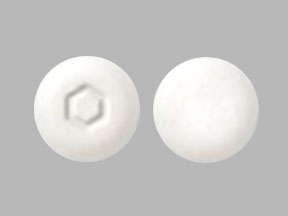Ragwitek Dosage
Generic name: AMBROSIA ARTEMISIIFOLIA POLLEN 12[Amb'a'1'U]
Dosage form: sublingual tablet
Drug class: Allergenics
Medically reviewed by Drugs.com. Last updated on Sep 9, 2024.
For sublingual use only.
2.2 Administration
Administer the first dose of RAGWITEK in a healthcare setting under the supervision of a physician with experience in the diagnosis and treatment of allergic diseases. After receiving the first dose of RAGWITEK, observe the patient for at least 30 minutes to monitor for signs or symptoms of a severe systemic or a severe local allergic reaction. If the patient tolerates the first dose, the patient may take subsequent doses at home.
Take the tablet from the blister unit after carefully removing the foil with dry hands.
Place the tablet immediately under the tongue. Allow it to remain there until completely dissolved. Do not swallow for at least 1 minute.
Wash hands after handling the tablet.
Do not take the tablet with food or beverage. Food or beverage should not be taken for the following 5 minutes after taking the tablet.
Initiate treatment at least 12 weeks before the expected onset of ragweed pollen season and continue treatment throughout the season. The safety and efficacy of initiating treatment in season have not been established.
Data regarding the safety of restarting treatment after missing a dose of RAGWITEK are limited. In the clinical trials, treatment interruptions for up to seven days were allowed.
Prescribe auto-injectable epinephrine to patients prescribed RAGWITEK and instruct them (or their parents/guardians) in the proper use of auto-injectable epinephrine.
More about Ragwitek (ragweed pollen allergen extract)
- Check interactions
- Compare alternatives
- Pricing & coupons
- Drug images
- Side effects
- During pregnancy
- FDA approval history
- Drug class: allergenics
- En español
Patient resources
Professional resources
Related treatment guides
See also:
Further information
Always consult your healthcare provider to ensure the information displayed on this page applies to your personal circumstances.


